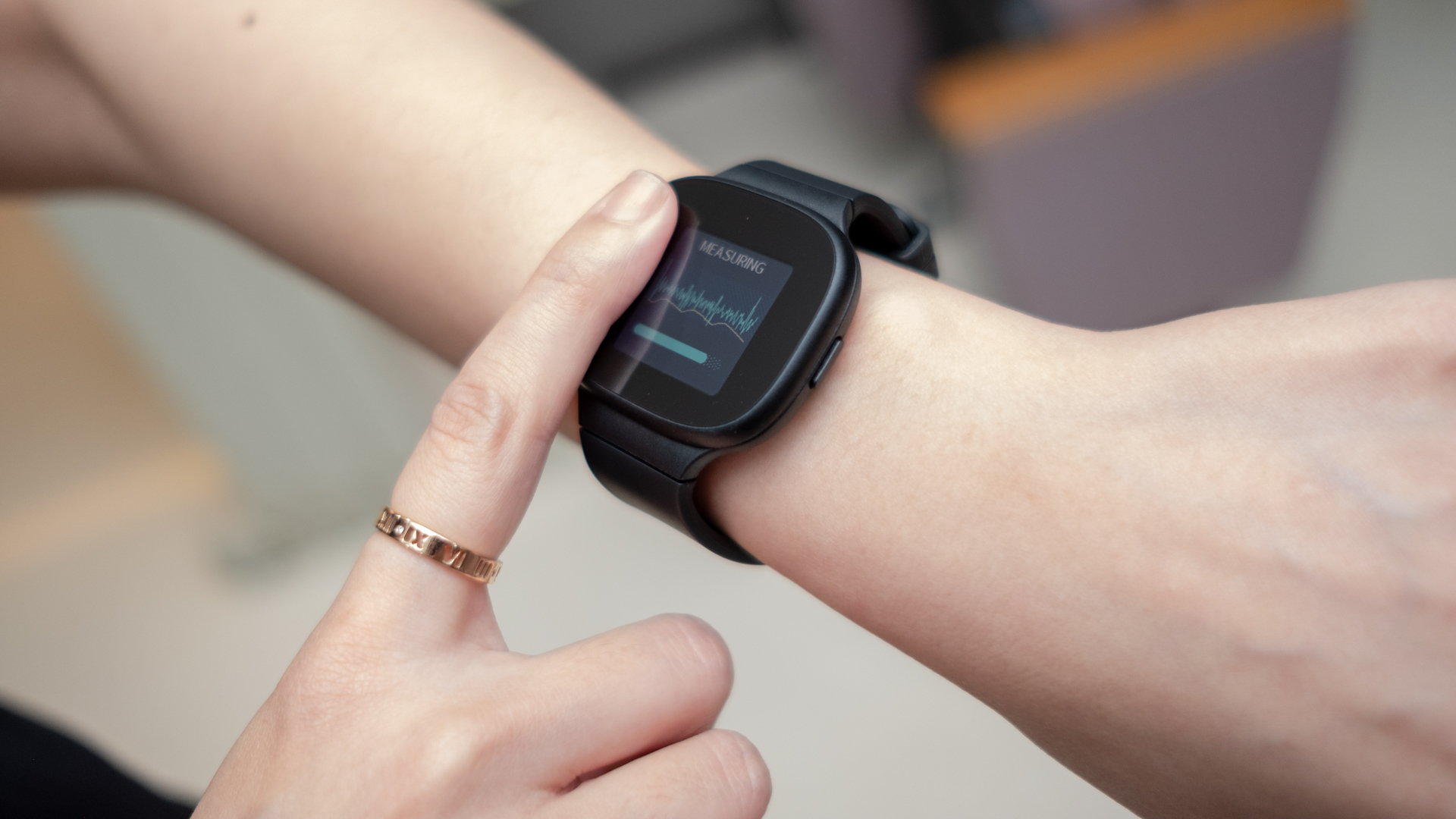Early Verdict
The Asus VivoWatch BP is a utility product meant for those who have to keep a close watch on their blood pressure. But it’s not a truly convincing product just yet.
Pros
- +
Blood pressure monitoring
- +
Heart rate sensing
- +
Inexpensive
Cons
- -
Plastic build
- -
Runs on Asus’ own platform
Why you can trust TechRadar
Wearables may not have made the mark they were expected to, but companies aren't giving up. On Tuesday at Computex 2018, Asus unveiled the Asus VivoWatch BP, a tiny, almost toy-like device that can measure your blood pressure.
That blood pressure monitoring feature is what Asus is marketing on this one because, really, there's nothing much to market about it otherwise. In fact, the Asus executive who demoed the watch for me said the company doesn't even have the final version yet.
Price and availability
The VivoWatch BP isn’t complete yet, but Asus says it should start selling in Taiwan near the end of July. It will be rolling out to countries like Russia, Italy, Germany, Singapore and Japan, though we don’t have specific timelines for those for now.
The VivoWatch BP should be sold at $172-190, another thing the company’s yet to confirm.
Features
Fitted with both ECG and PPG (photoplethysmography) sensors, the VivoWatch BP can measure your heart rate and blood pressure. The blood pressure monitor, or the PPG, senses blood flow through the tip of your index finger and provides an output.
The concept, though nice, is far from ready. In my demo, Asus used a medically approved wireless blood pressure monitor before putting on the watch and tallying with it. The differences between the two readings were small at first, but they grew in subsequent tries, for me and many others.
That said, I can't think of a better way to get my mother to keep her blood pressure in check. Her Omron Blood Pressure monitor is usually inaccessible whenever she needs to check the blood pressure, or she simply forgets. It seems to me that's the problem Asus could solve with the VivoWatch when it's ready to go to market.
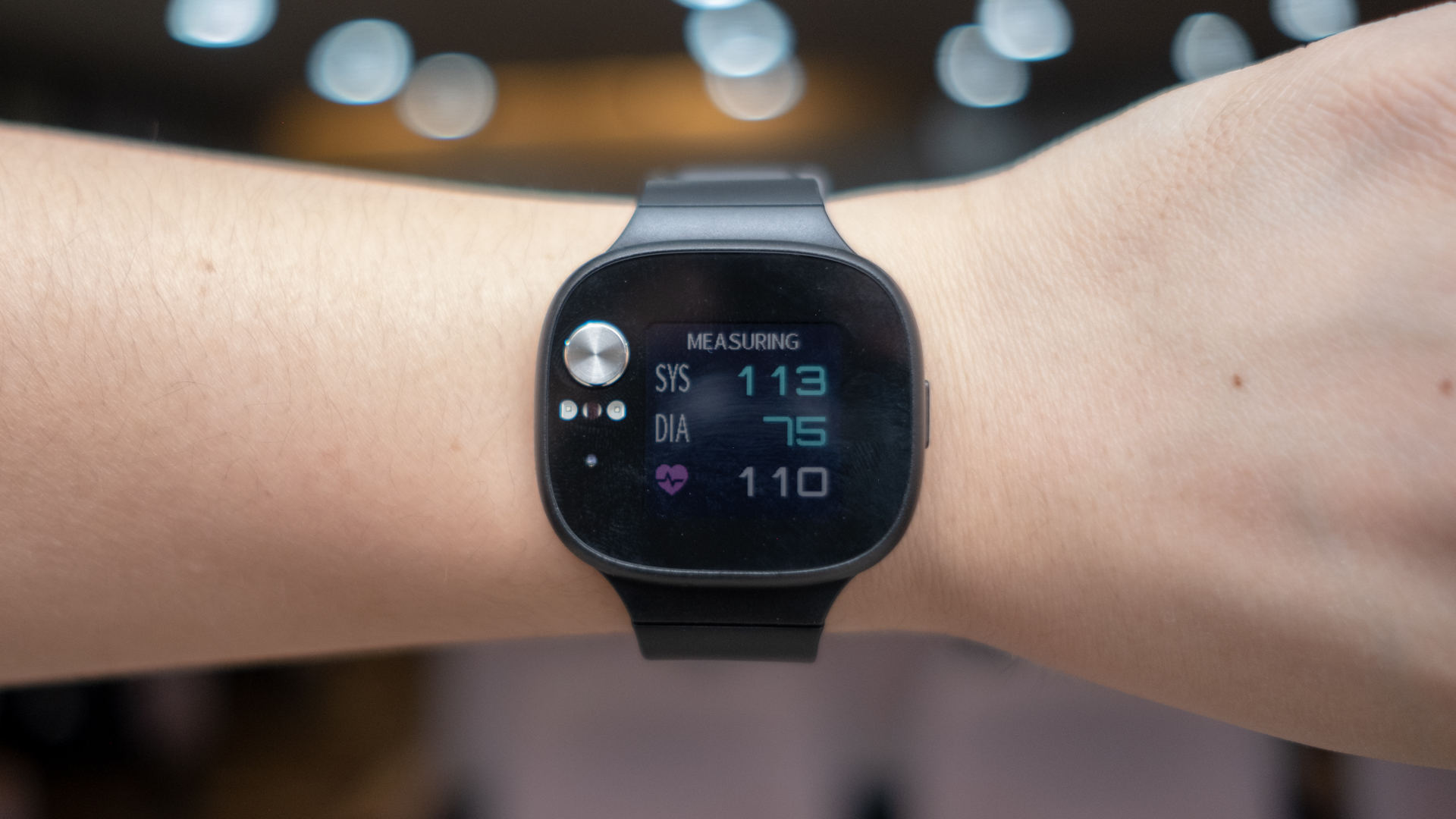
To measure your blood pressure, you simply sit down and lightly put your index finger on the sensors on top of the watch. It takes about 30 seconds and returns the systolic and diastolic readings, alongside your heart rate.
The watch also shows you steps taken, sleep quality and activity data, just like other smartwatches. Asus is banking on its “medical grade sensors” and a HealthAI software to pull ahead of competition.
However, it runs on Asus' own platform, so the company has to do all the work to get app developers to support it. And from what I saw, there’s a long way to go. The software doesn’t even show when the watch’s screen is locked/unlocked at the moment. One wonders what the scope of that can be, given the basic nature of the watch’s UX.
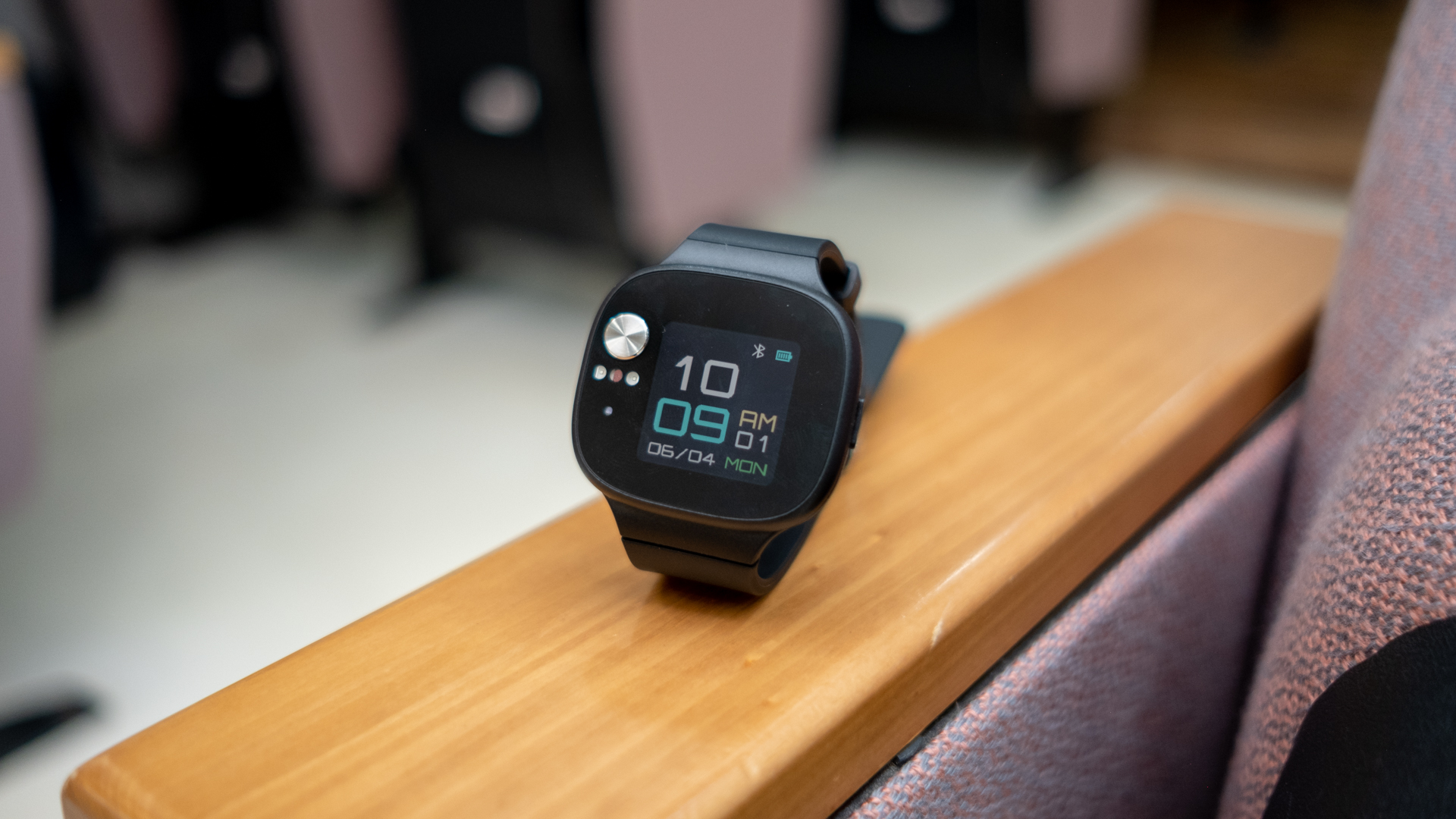
Design
The VivoWatch is also designed for utility. It's not meant to be a fashion accessory, but rather something you wear out of need. It's made entirely of plastic and looks more like one of the original Pebble watches instead of the modern smartwatches from Apple, Samsung and even Asus’ own Zenwatch series. So, it’s no surprise that the VivoWatch is lighter than those watches. And lastly, the rubber strap is utilitarian too.
The unlock button is on the right side of the watch, while the heart rate sensor is at the bottom. You get a square dial, which hosts a tiny screen with huge borders around it housing the PPG sensors on the left.
But that’s pretty much all you can say about the design. Asus isn’t trying to make this look or feel premium, and it’s certainly not going to be a high-end lifestyle product.
Hands on gallery
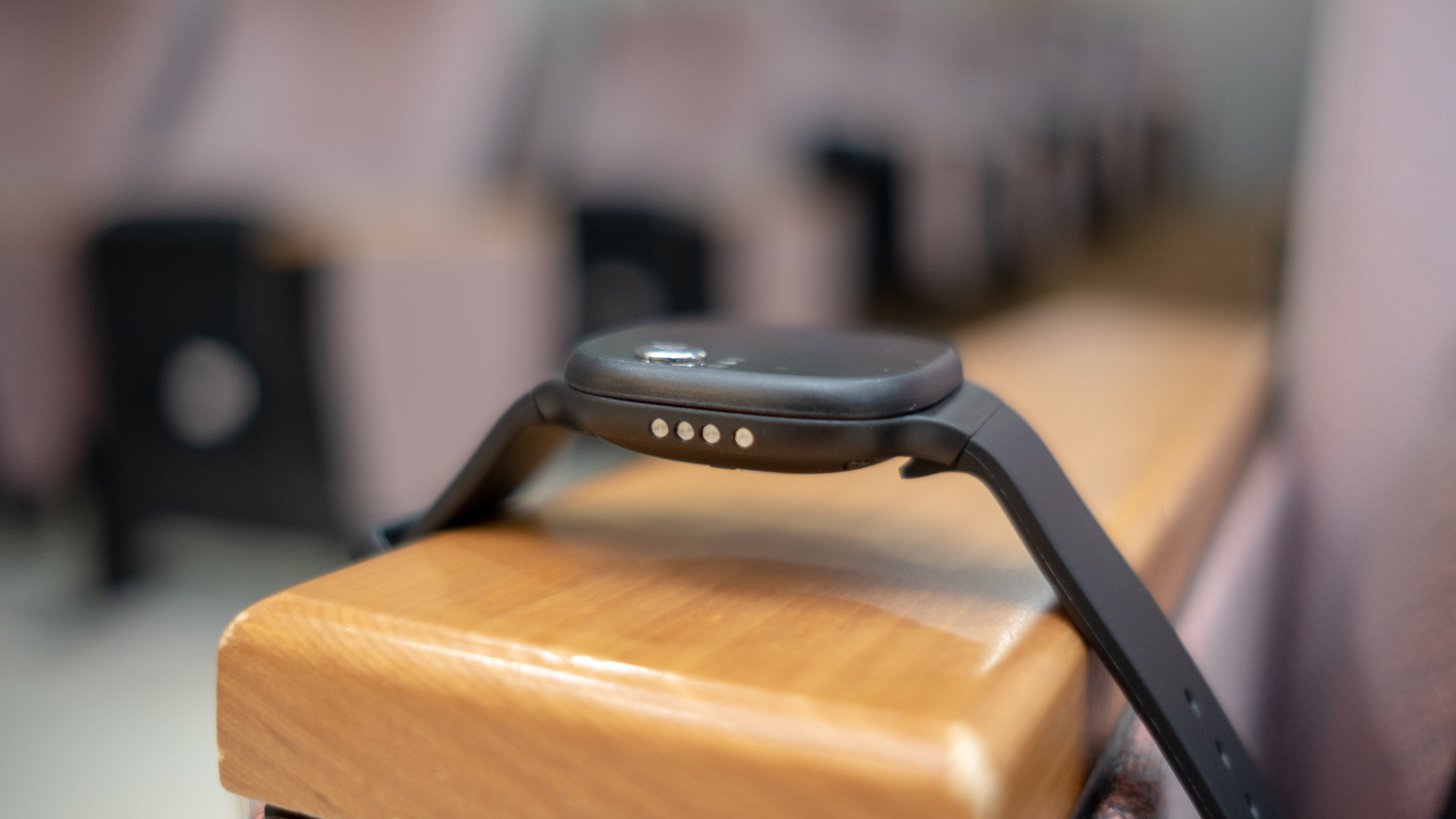

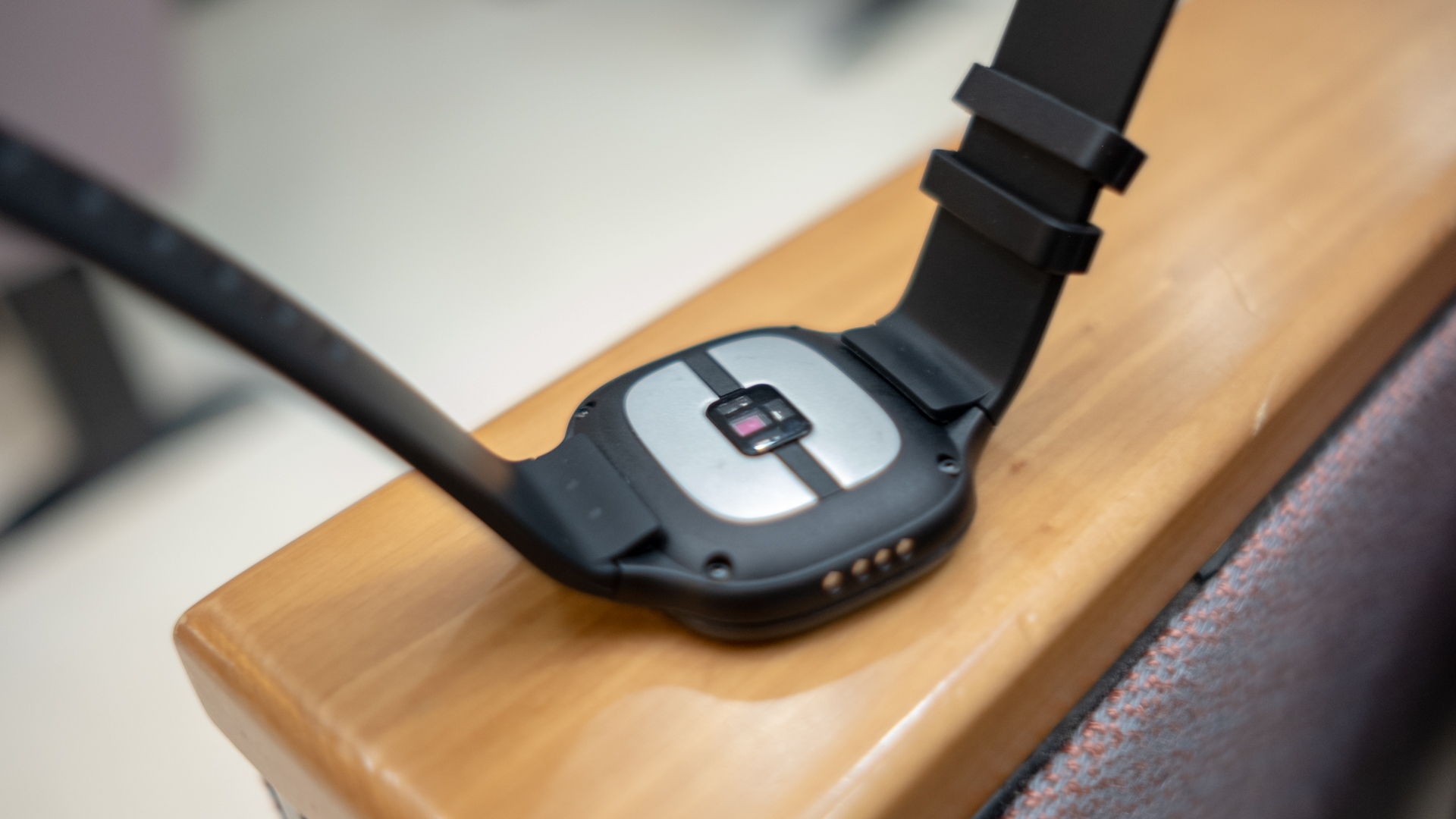
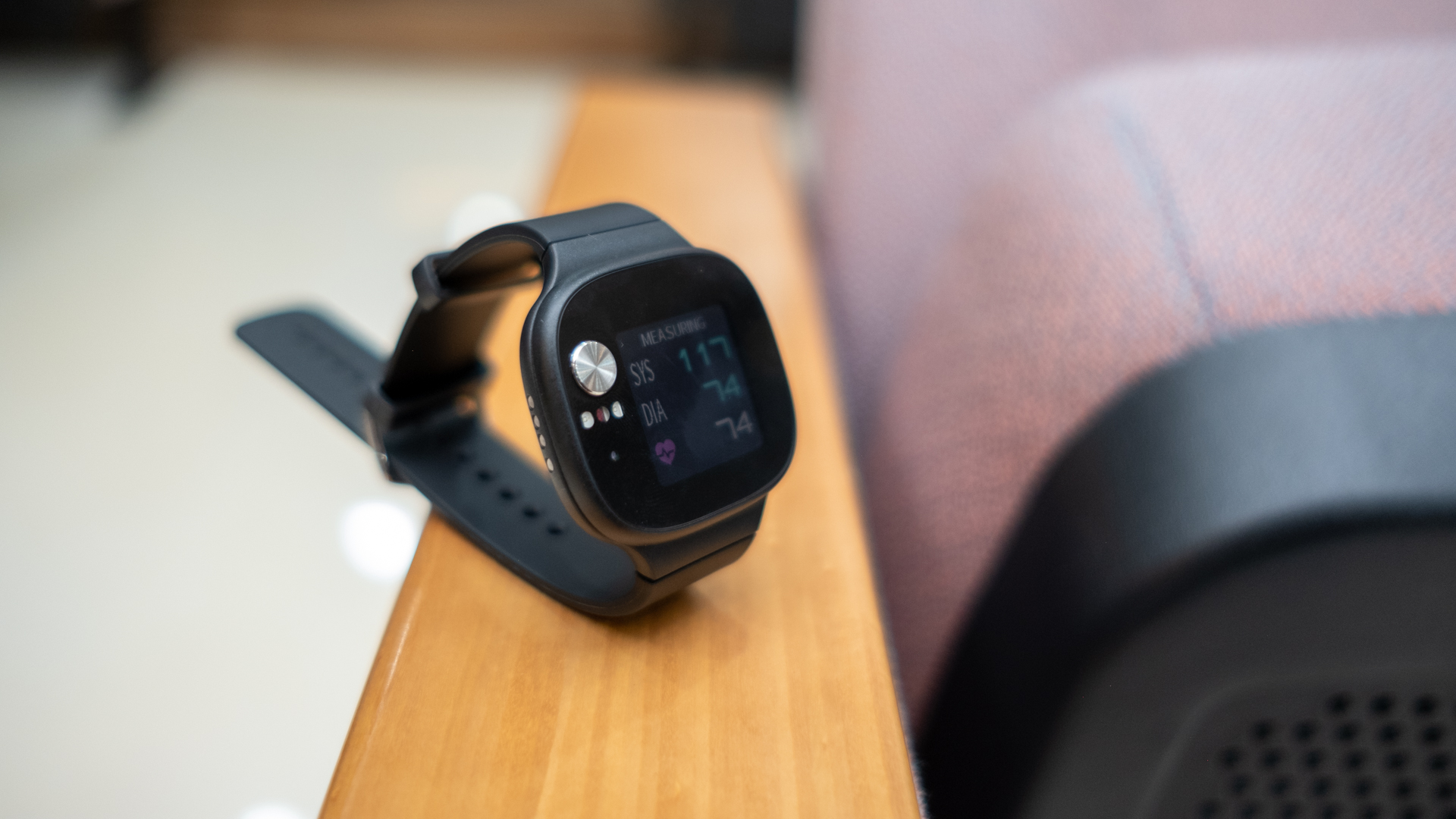

Early Verdict
The Asus VivoWatch BP solves a problem, and that’s good for any product vying for your attention. However, it’s far too early to really pass a verdict on the device. As an utility product, it could make sense for those who need to keep a close watch on their blood pressure at all times. Considering that billions worldwide have blood pressure issues, that makes for a pretty huge market.
However, Asus will likely have to get doctors to recommend this product if it wants a real winner. Despite the obvious utility, I doubt the VivoWatch BP will change the state of wearables today.
What is a hands on review?
Hands on reviews' are a journalist's first impressions of a piece of kit based on spending some time with it. It may be just a few moments, or a few hours. The important thing is we have been able to play with it ourselves and can give you some sense of what it's like to use, even if it's only an embryonic view. For more information, see TechRadar's Reviews Guarantee.
